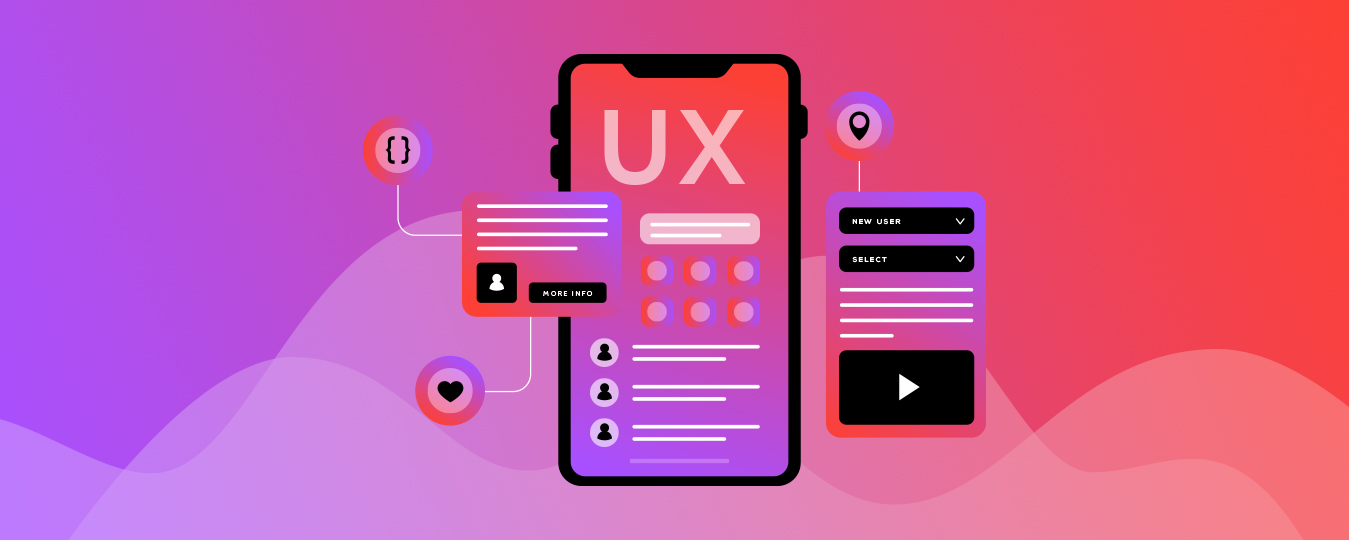User Experience (UX) design is one of the most important aspects of website design. It involves creating a user-friendly interface that provides users a smooth and satisfying experience.Companies like Assisto can help you hire remote workforce that can create that satisfying experience costumers want.
A website with great UX design can attract and retain more customers, improve conversion rates, and drive business growth. This article will discuss 8 reasons why UX is crucial for website design.
1. First Impressions Matter
They say you never get a second chance to make a first impression, and this holds true in the digital landscape. When users land on a website, their initial experience shapes their perception. A well-designed, user-friendly interface immediately captivates, setting a positive tone for the entire browsing session.
2. Reduced Bounce Rates for Enhanced Engagement
Imagine clicking on a website and finding it challenging to navigate or slow to load. Frustrating, right? Users share the sentiment. A seamless and responsive UX not only captures attention but retains it. Lower bounce rates signify engaged visitors, increasing the likelihood of conversions.
3. Mobile Optimization for On-the-Go Accessibility
As the digital era advances, mobile browsing has become ubiquitous. Crafting a website with a mobile-first approach ensures accessibility and functionality on various devices. Search engines reward mobile-optimized sites, contributing to higher search rankings.
4. Boosting SEO with Intuitive Navigation
Search engines appreciate websites that provide a positive user experience. Intuitive navigation, clear sitemaps, and user-friendly layouts contribute to better SEO rankings. The relationship between UX and SEO is symbiotic, with each influencing the success of the other.
5. Loading Speed – A Critical Factor for User Retention
In the fast-paced online world, patience is scarce. Users expect swift loading times, and search engines acknowledge this expectation. Slow-loading websites not only frustrate users but also face the risk of lower search rankings. Optimizing loading speed enhances both UX and SEO.
6. Content Readability and User Engagement
Content is king, but its reign extends beyond mere information. A well-designed website considers the readability of content. Font choices, spacing, and layout significantly impact how users engage with the information presented. Quality content, combined with an excellent reading experience, fosters user trust and loyalty.
7. Building Credibility through Consistency
Consistency in design elements, branding, and messaging establishes credibility. A cohesive user experience reinforces the brand identity, making users feel confident and familiar with the website. Trust is a key factor influencing user decisions, from making a purchase to sharing content.
8. Adaptability to Evolving User Expectations
User expectations evolve, influenced by technological advancements and design trends. Websites that prioritize UX stay ahead of the curve, adapting seamlessly to changing user behaviors. Stagnation in design can lead to a decline in user satisfaction and, consequently, search rankings.
In conclusion, the supremacy of user experience in website design cannot be overstated. It goes beyond aesthetics, intertwining with SEO strategies and user engagement. By understanding and prioritizing the elements that contribute to a positive user journey, websites can not only rank higher in search results but also build lasting relationships with their audience. As the digital landscape continues to evolve, embracing and championing user experience remains the key to a successful online presence

